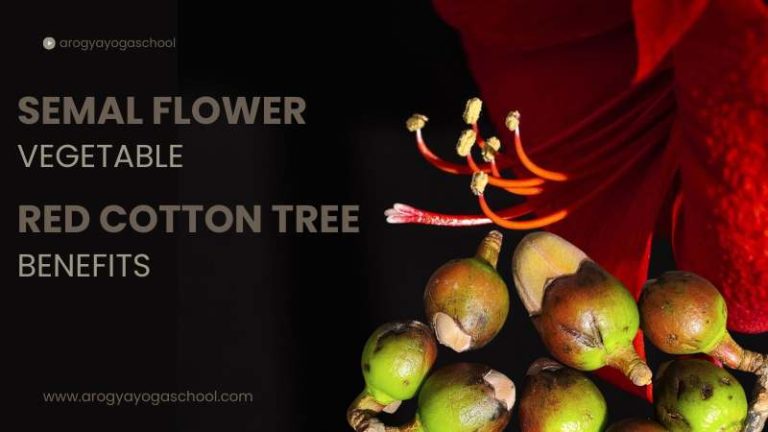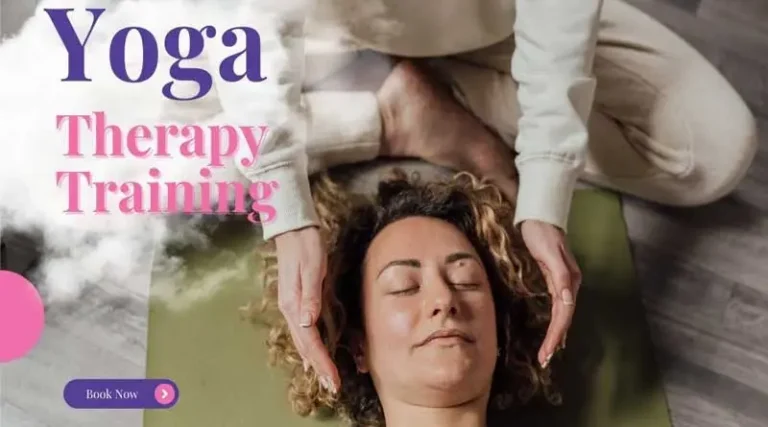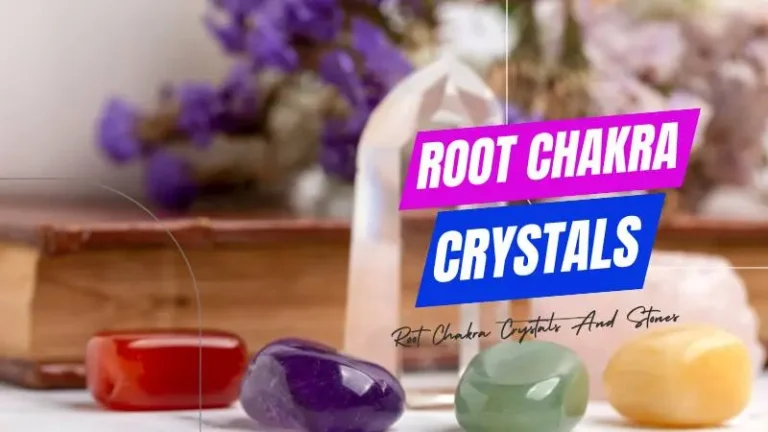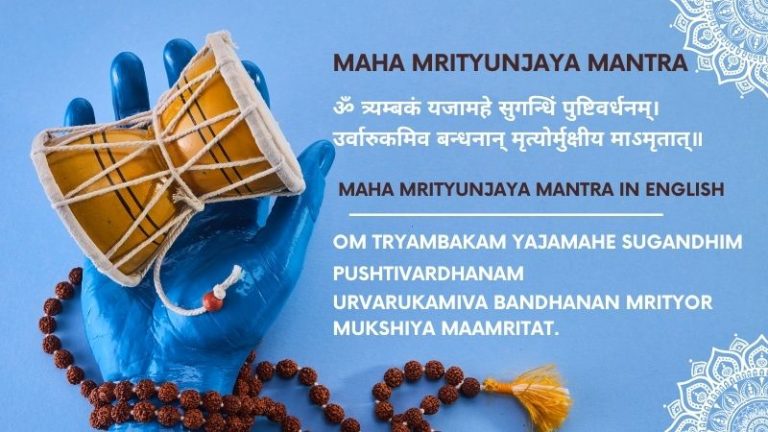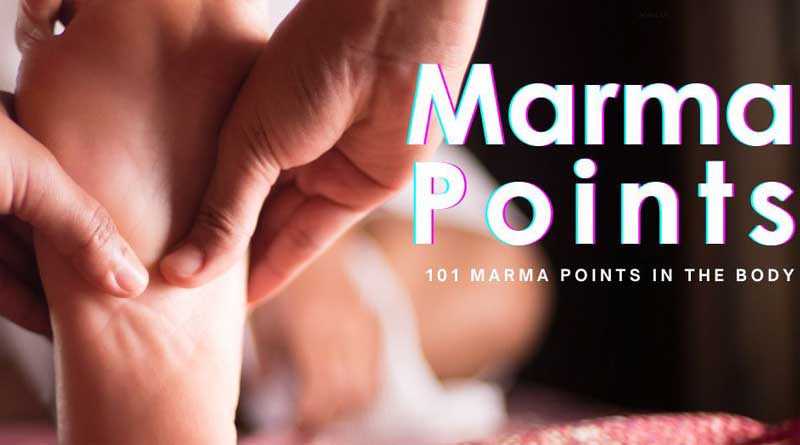
Introduction of marma points
Marma points are fundamental to a variety of Ayurvedic treatments, ranging from basic self-care techniques to more complex clinical practices. They are important in Ayurvedic philosophy and are also a key part of Yoga, which is closely connected to Ayurveda.
The use of pressure points in massage and acupuncture has become increasingly popular within the field of natural healing. In Ayurveda, the old Indian medical system, these pressure points are called marmas, meaning “zones.” They help diagnose and treat health problems. They also improve overall wellness and support a longer life.
Yoga includes a sophisticated system of physical movements and recognizes the impact of Prana, or life energy. Which of these is found on the surface of the body. Knowing marmas well can greatly enhance any yoga practice, including physical exercise, breath control, and mental focus.
Acupuncture points and marma points
Acupuncture points are crucial in Chinese medicine and martial arts. Marma points are equally important in Indian martial arts, particularly in the Kalari tradition from South India. These martial arts focus on striking these sensitive points to defend against attacks. Recognizing these vital areas shows that the body is more than just physical. It is a complex energy field with powerful points that influence both physical and mental health.
Marma therapy is part of a wider framework that connects the body with subtle energy flows and power centers. Just like there are sacred sites and energy paths on Earth, our bodies also have special sacred points. To connect with our planet and the universe, we need to understand the sacred geography within our own bodies.
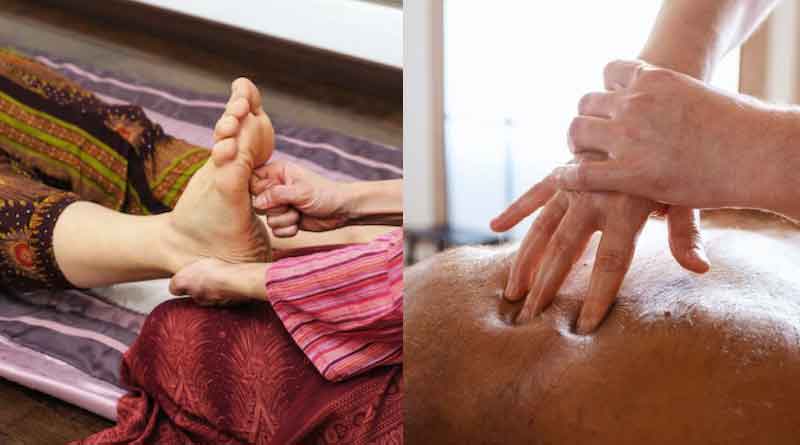
Marmas and the System of Yoga
Marmas are important energy centers in yoga that influence everything from postures (asanas) to deep meditation. Yoga postures affect the energy in our limbs, joints, and spine, which all have key marmas. We can use asanas to stimulate and balance these marmas. Additionally, we can manipulate certain marmas while doing asanas to enhance their effects.
Marmas connect to the subtle nerves and energy centers in our body and mind. Marmas connect our physical body to our subtle (pranic) body. This connection helps energy and information flow between them, which is important for healing. Working with marmas helps us connect our energy, moods, and emotions to our physical health. This leads to better health and vitality in both areas.
History of Marma
Marma has its roots in ancient Indian civilization, known for its advanced culture. This journey began with the Sarasvati culture, which thrived from 3500 to 1700 BCE and was the largest urban settlement of its time. Archaeological sites like Harappa, Mohenjodaro, and Rakhigarhi, near the now-dried Sarasvati River, show evidence of this civilization. Marma science developed alongside other Vedic studies, including Yoga, as seen in seals showing meditation practices found at these sites. Early Vedic texts from this time highlight key marma points in the head, heart, and navel and discuss concepts like Pranas and different body tissues and organs.
People wrote key texts such as the Ashtanga and Ashtanga Sangraha during the classical period of Ayurveda. These texts frequently mention marmas, especially through the work of Sushruta, a well-known surgeon. During this time, yogic texts on asanas, Pranayama, and nadis also recognized the significance of marmas. By the end of this era, Buddhism helped spread Ayurveda, marma therapy, and related martial arts to places like China and Japan.
After the classical age, Ayurveda declined due to foreign invasions and colonial rule, which caused the loss of many texts and practices, including vital knowledge about marmas. However, since India gained independence in 1947, interest in Ayurveda has grown, leading to renewed research into marma. Ayurveda now sees it as an essential part that needs further study and practical use.
Marma points in body
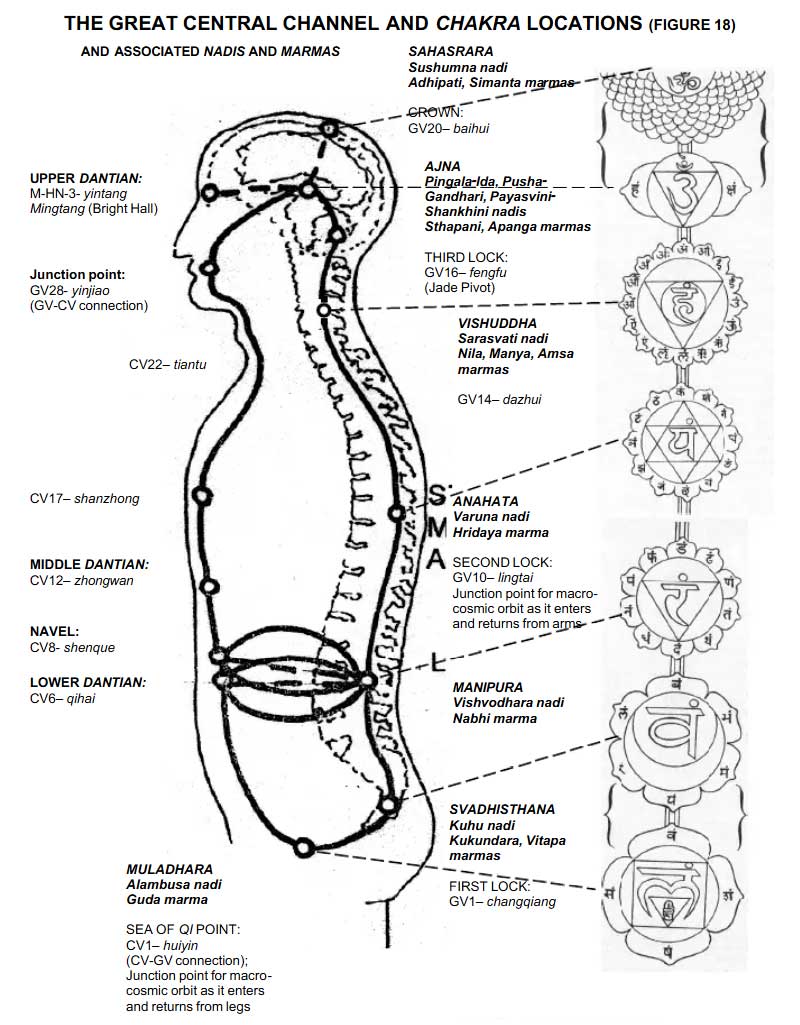
Definitions of Marmas
Marmas refer to various anatomical components, such as skin, bones, joints, nerves, and internal organs. Touch therapy can treat elbow and knee problems found in many people. On the other hand, some marmas, like Shringataka (the soft palate) and Hridaya (the heart), are located inside the body. The most effective way to treat these internal marmas is by using reflex points found on the body’s surface.
Practitioners must comprehend the anatomical structures that define each marma to understand its physical location. However, it is important not to regard the location of a marma solely as a physical characteristic. Marmas primarily serve as focal points where life force gathers and circulates. Therefore, treatment focuses on Prana (the body’s energy) rather than merely addressing physical tissues and organs. This is particularly relevant for larger marmas, such as Janu marma (the knee), which have sensitive surrounding points that can vary according to an individual’s state of health.
Marma points are key energy centers in the body, important in Ayurveda and traditional Indian healing. There are 107 marma points located where muscles, veins, ligaments, bones, and joints meet. They serve as gateways to the body’s vital energy, or prana, affecting physical, mental, and emotional health.
Understanding each marma point’s connection to specific organs and functions makes them vital for overall wellness. Applying gentle pressure or massage on these points can restore energy balance, improve blood flow, and aid healing.
107 Marma Points
- Head and Neck (37 points): These points support thinking, sensory awareness, and mental clarity. Key points include Sthapani (between the eyebrows) and Shringataka (connected to the brain and senses).
- Torso (12 points): These points affect major organs like the heart, lungs, and liver. Examples are Hridaya (heart center) and Nabhi (navel area).
- Upper Limbs (22 points): These points control energy flow in the arms and hands, improving agility and strength.
- Lower Limbs (27 points): These points are essential for balance and movement, enhancing physical stamina.
- Others (9 points): Spread throughout the body, these points play unique roles in overall vitality.
Marma therapy can lower stress, boost immunity, and balance the mind and body. It offers a natural way to tap into the body’s healing abilities, promoting health and energy. The study of marma points remains a core part of Ayurvedic wellness practices.
Marma therapy benefits
- Stress Reduction: This massage technique helps you relax and feel calm by relieving tension and activating your nervous system.
- Better Circulation: Marma massage increases blood and lymph flow, which helps remove toxins and delivers oxygen and nutrients to your body.
- Pain Relief: This massage can help reduce pain from headaches, muscle aches, and chronic conditions.
- Improved Digestion: Marma massage supports gut health, helping with constipation, low appetite, and high acidity.
- Better Sleep: By reducing tension and balancing energy, Marma massage can lead to more restful sleep.
- Stronger Immunity: This type of massage may boost your immune system by activating your natural defenses.
- Joint Health: Marma massage can lessen inflammation and improve movement, benefiting joint health.
- Emotional Well-being: This massage technique can help release trapped emotions, lower anxiety, and promote mental clarity.
- Increased Energy: Marma massage can refresh your body’s energy pathways, making you feel revitalized.
- Positive Body Image: Through this therapy, people may develop a better view of their body and greater self-acceptance.
Marma therapy works by stimulating specific points on the body and is usually performed by a trained Ayurvedic massage therapist.
FAQs about Marma Points
1. What are marma points?
Marma points are special spots on the body that connect to its vital energy.
2. How do marma points relate to Ayurveda?
In Ayurveda, marma points represent areas where physical, mental, and spiritual energies converge.Therapists utilize them in therapies to enhance health and balance the body’s energy systems.
3. Can anyone learn to work with marma points?
Yes, anyone can learn about marma points and how to apply techniques involving them. Arogya Yoga School offer Marma Therapy Course in Rishikesh You can Apply Now Marma Course.
4. What is the significance of marma points in yoga?
Marma points are important in yoga. They help people reach deeper awareness and improve the flow of prana, or life force. These practices enhance both physical and spiritual well-being.
5 How to activate marma points.
You can activate marma points using different methods like gentle pressure, massage, acupuncture, or specific yoga poses that target these important areas.
7. How can I incorporate marma point techniques into my daily routine?
You can incorporate simple self-massage techniques targeting specific marma points or practice yoga poses that activate these areas.
8. What are Marma points?
Marma points are vital energy centers in the body, recognized in Ayurveda, that influence physical and mental health through their connections to various organs and systems.
9. How many Marma points are located in the head and neck?
There are 37 Marma points in the head and neck, which support cognitive functions, sensory awareness, and mental clarity.
10. Can you name a few key Marma in the torso?
2 Key Marma Hridaya (heart center) and Nabhi (navel area). which significantly impact the heart, lungs, and liver.
11. How do Marma in the upper limbs affect the body?
The 22 Marma in the upper limbs control energy flow, enhancing agility, strength, and overall functionality of the arms and hands.
12. What is the significance of Sthapani and Shringataka Marma?
Sthapani, located between the eyebrows, promotes mental clarity, while Shringataka is connected to brain functions and sensory perception.
13. Are there any Marma points located in the lower limbs?
Yes, there are 27 Marma points in the lower limbs that play a crucial role in maintaining balance, mobility, and overall energy flow throughout the body.
14. How can one benefit from stimulating Marma points?
Stimulating Marma points can enhance physical health, improve mental clarity, relieve stress, and promote emotional balance through increased energy flow.
Marma points of ayurveda pdf
Free Marma Therapy Book Download


